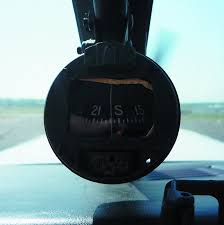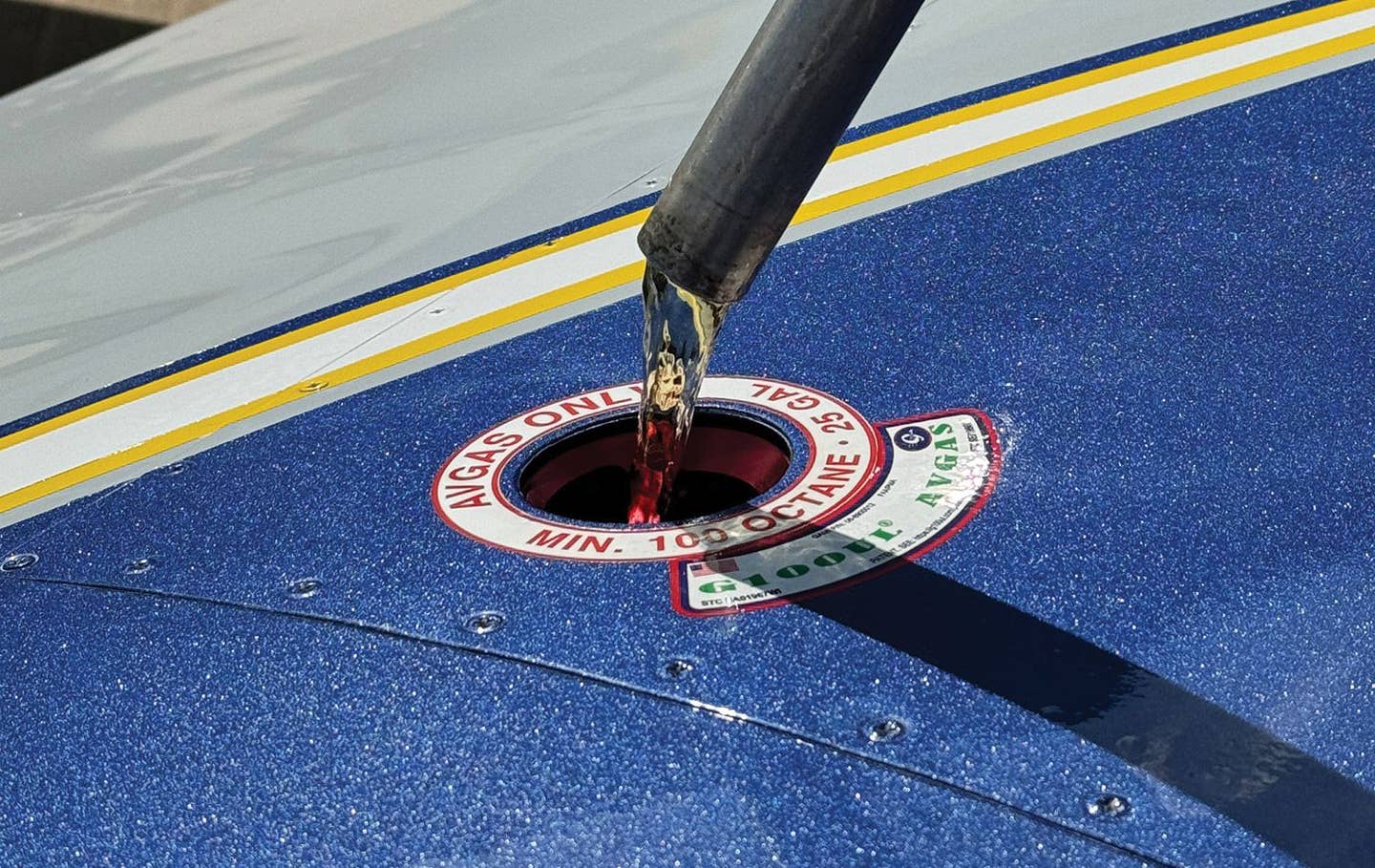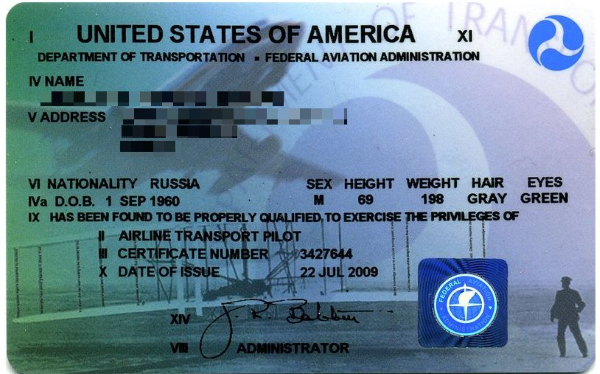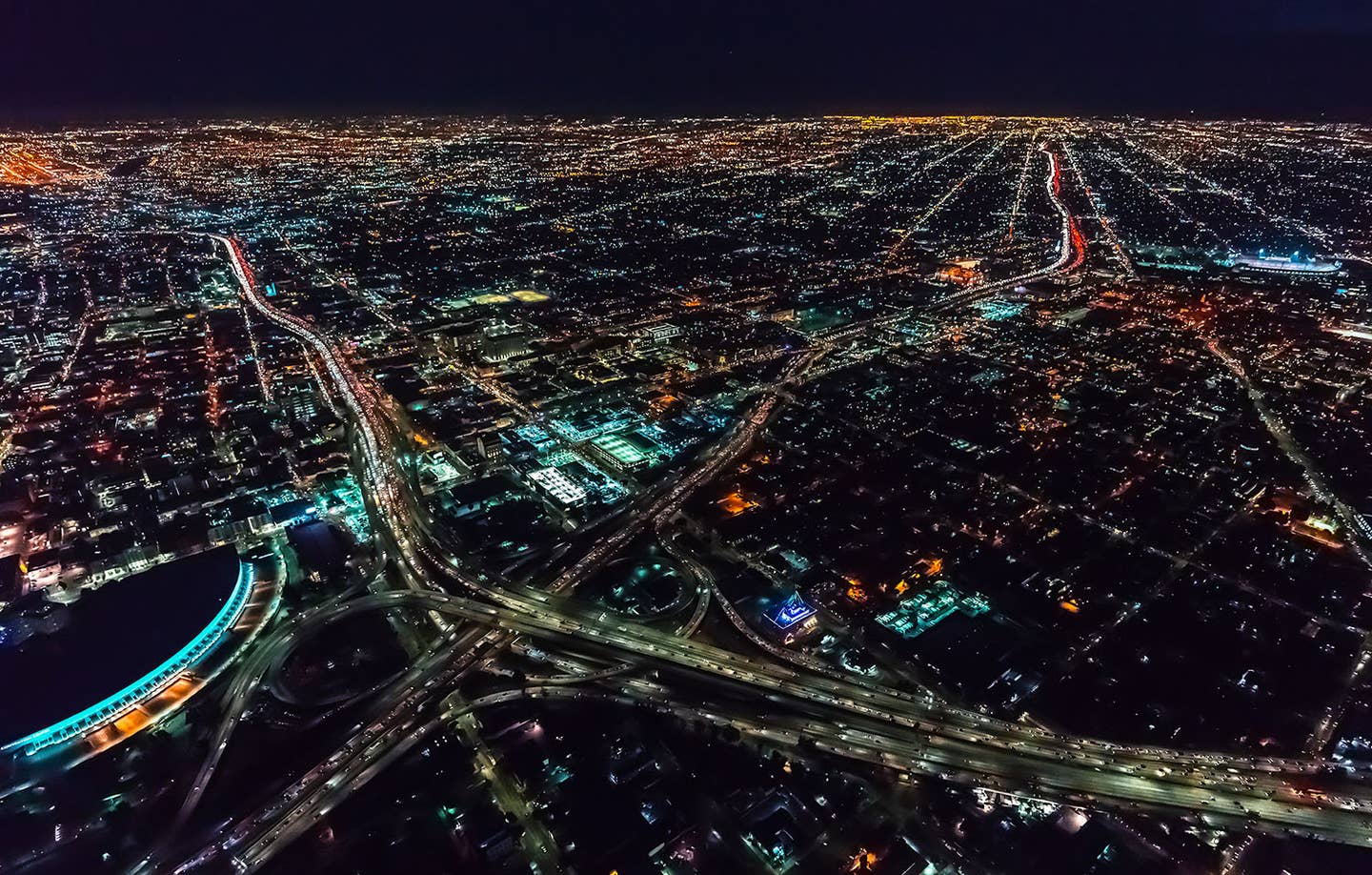Windows Of Perception
The devastating fires in Maui will touch anyone who’s been there. For Paul Berge, it was also an aviation paradise.
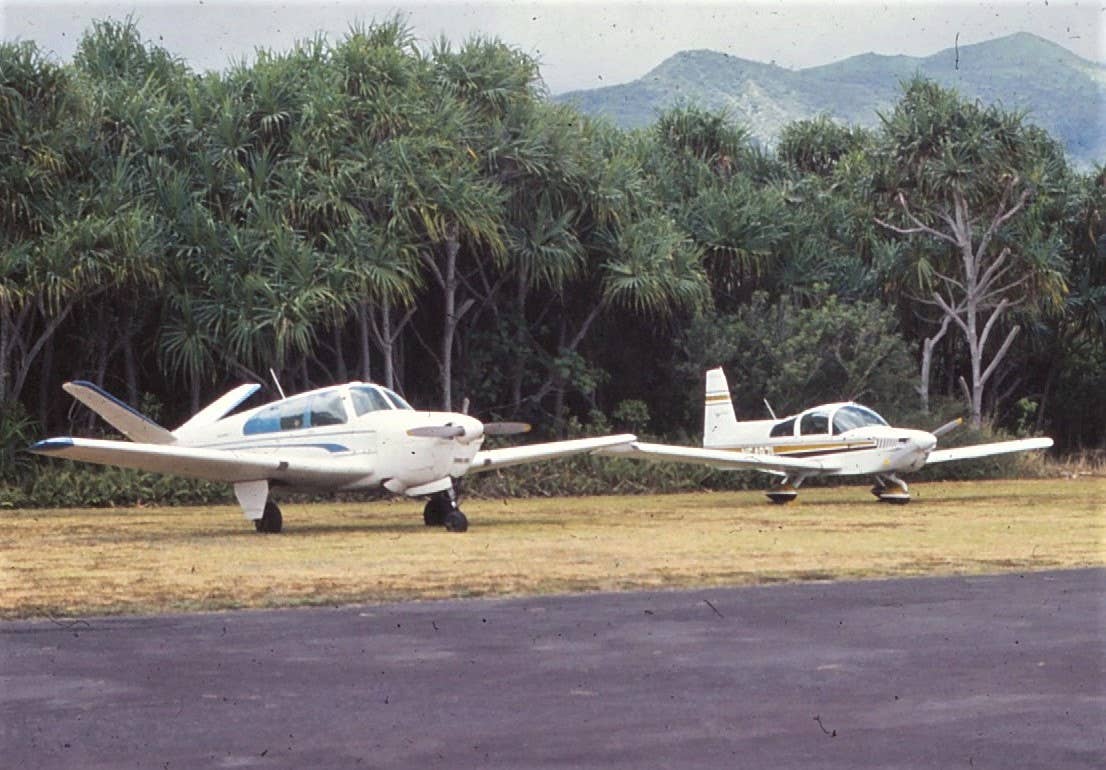
In an earlier column I mentioned Aldous Huxley’s “doors of perception”—which he ripped off from William Blake—and how it influenced millions of teenagers like me in the late 1960s to buy Jim Morrison albums. Except I missed the point; often do. I’m not a big fan of doors—The Doors, yes—but doors exist to limit access, to prevent wannabe pilots from wandering unescorted onto airport ramps to admire rows of winged machines. Windows, by contrast, are invitations that took me from being a daydreaming kid in a stuffy New Jersey classroom to a seasoned airport bum, a journey of 10,000 missteps but with infinite reward, just not fiscally. C’mon, we are talking general aviation here.
Recently I found a picture of my elementary school, a threatening workhouse of unadorned brick and glass where I spent eight years bored beyond redemption. I loathed school. I liked kindergarten, but when forced to swap crayons for pencils, creativity vanished. At age six I sought inspiration beyond the brick wall (run Pink Floyd here), and it arrived through windows. The glass panes, not Microsoft. Big mistake putting windows in classrooms; minds tend to escape skyward.
And so it was one profoundly uninspiring day when the mellifluous hum of a distant airplane vibrated the open windows and caused my neck to twist like the weird kid in The Exorcist as I searched a patch of gray sky for the source. Then, just as I spotted the V-tail Bonanza heading somewhere that had to be better than where I sat, the all-seeing eye at the head of the classroom harpooned me with, “Is whatever’s outside that window more interesting than what’s inside this classroom?”
Possibly a rhetorical question but definitely a trap to test my moral compass, the needle of which had yet to find True North or truth in anything. I knew if I gave an honest answer there’d be dire consequences. Truth is funny that way. Conflicted, I replied, “Yes, sister,” and listened to the Bonanza’s hum fade over the treetops. I forget what penalty ensued, but it bolstered my belief that nothing inside the brick walls was more enlightening than what the limitless sky offered. I was pegged as a troublemaker, a daydreamer who would fall in with bad company (not the rock group competing with Pink Floyd) and doomed to become a pilot. I’d found my path.
When K-12 was through with me I joined the Army, and in 1974, while stationed in Hawaii, learned to fly. Wasn’t the best student ever but I gleaned a private pilot certificate and spent the remainder of my tour flying the Islands as often as an E-5’s pay allowed. Enroute, I met an FAA air traffic controller who suggested I apply to become a controller, which I did several years later. Unfortunately, I chose the Center option (Oakland Center), and within two years admitted working inside a windowless building wasn’t my ATC dream fulfilled. I resigned and reapplied for the tower option. That lead to assignments in San Jose, California’s Reid-Hillview (RHV) tower and Monterey (MRY) tower/tracab. Both had glorious windows. Even the approach control radar scopes at Monterey were inside the tower cab, making it a tracab. I was at home, surrounded in glass watching airplanes fly across mountains and ocean. After transferring to Des Moines, Iowa (DSM), I swapped postcard scenery for well-ordered Iowa landscape. Still, from the tower, the view of approaching squall lines, blasting Zeus bolts at our glassed-in skybox atop the tower, was inspiring. Can’t beat windows for inspiration.
My ATC days are well and happily behind me, as are memories of flying the Hawaiian Islands in rented Grumman Travelers and TR-2s (four and two seats respectively). In what must have been one of the best Army assignments ever, I flew on my free days around Oahu, plus repeatedly to the Big Island, Lanai, Molokai, Kauai, and my favorite island, Maui. I took the accompanying photo through the window of a seedy hotel room overlooking the water in the old whaling town, Lahaina. I remember feeling I’d passed though those classroom windows and was living and flying my daydreams through history and geography the way it was never taught in school.
I haven’t returned to the Islands since 1975 but was viscerally brought back when watching the news today (Aug.10, 2023). Lahaina, a dream destination accessible from the sky for even the lowest skilled pilot, was in flames. So far, 36 confirmed dead. [Editor’s note: 106 dead confirmed as of Aug. 16.] In my memories of Maui, there’s surf and innocuous cumulus clouds above green mountains, dominated by the dormant volcano Haleakalā, “house of the sun,” where Hawaiian legend (mo‘olelo) says the demigod Maui “lassoed the sun from its journey across the sky, slowing its descent to make the day last longer.” Now, the images scroll of massive devastation, not from a reawakened volcano, but from wildfires so common in the news.
I have no idea if the old wood-frame hotel along Lahaina’s touristy waterfront survived. I doubt it. Likewise, the fates of the Bonanza that carved through my school daze or the Grummans I flew as neophyte pilot, are unknown. As for the window in the Lahaina hotel room, it’s likely the ashen stuff of nightmares to those who survived the fires but lost their homes and neighbors. My long-ago flights are extremely insignificant to them. Any rebuilding will never re-create what’s lost, although the image of the window overlooking the water will remain the portal to my memories of what’s gone.

